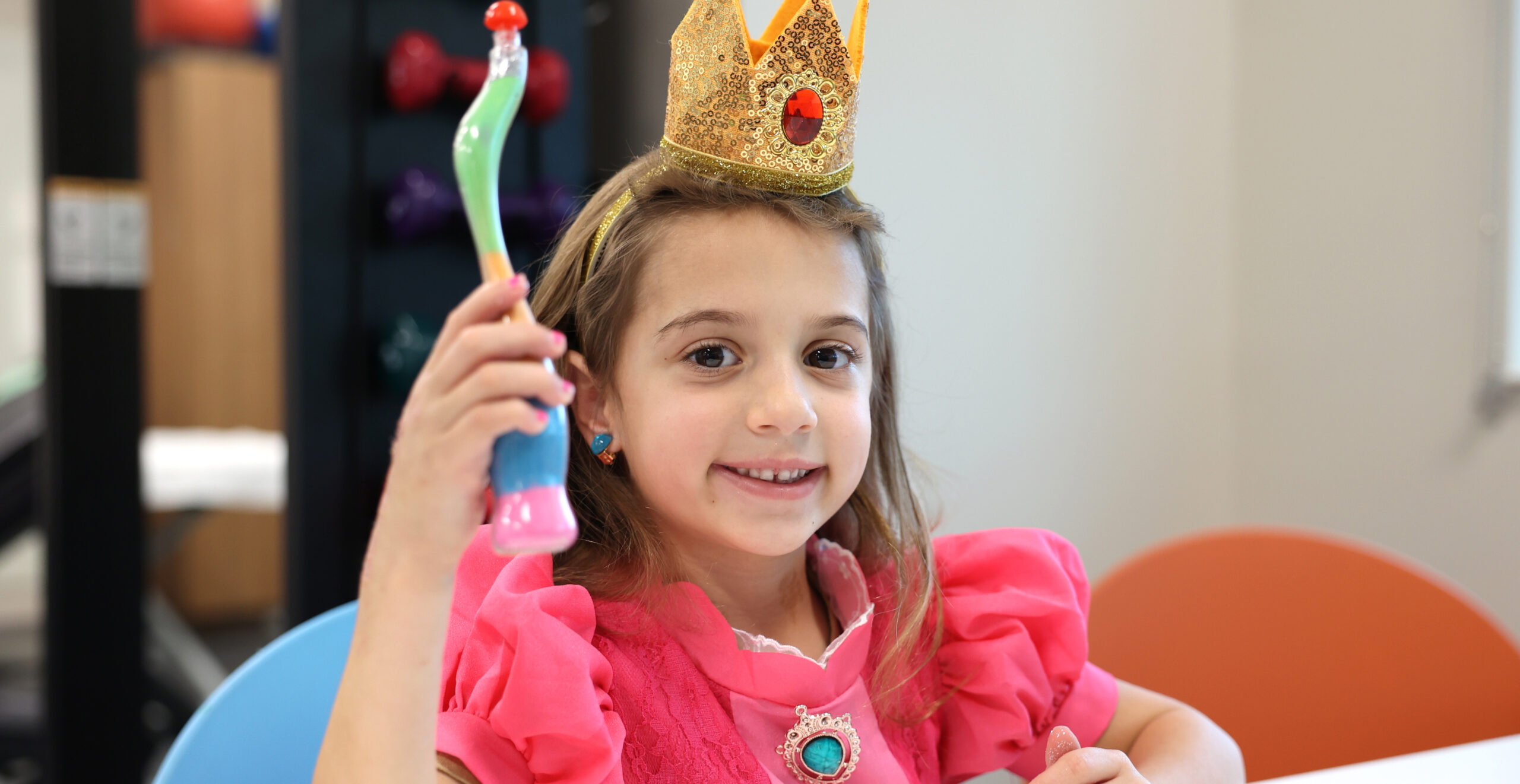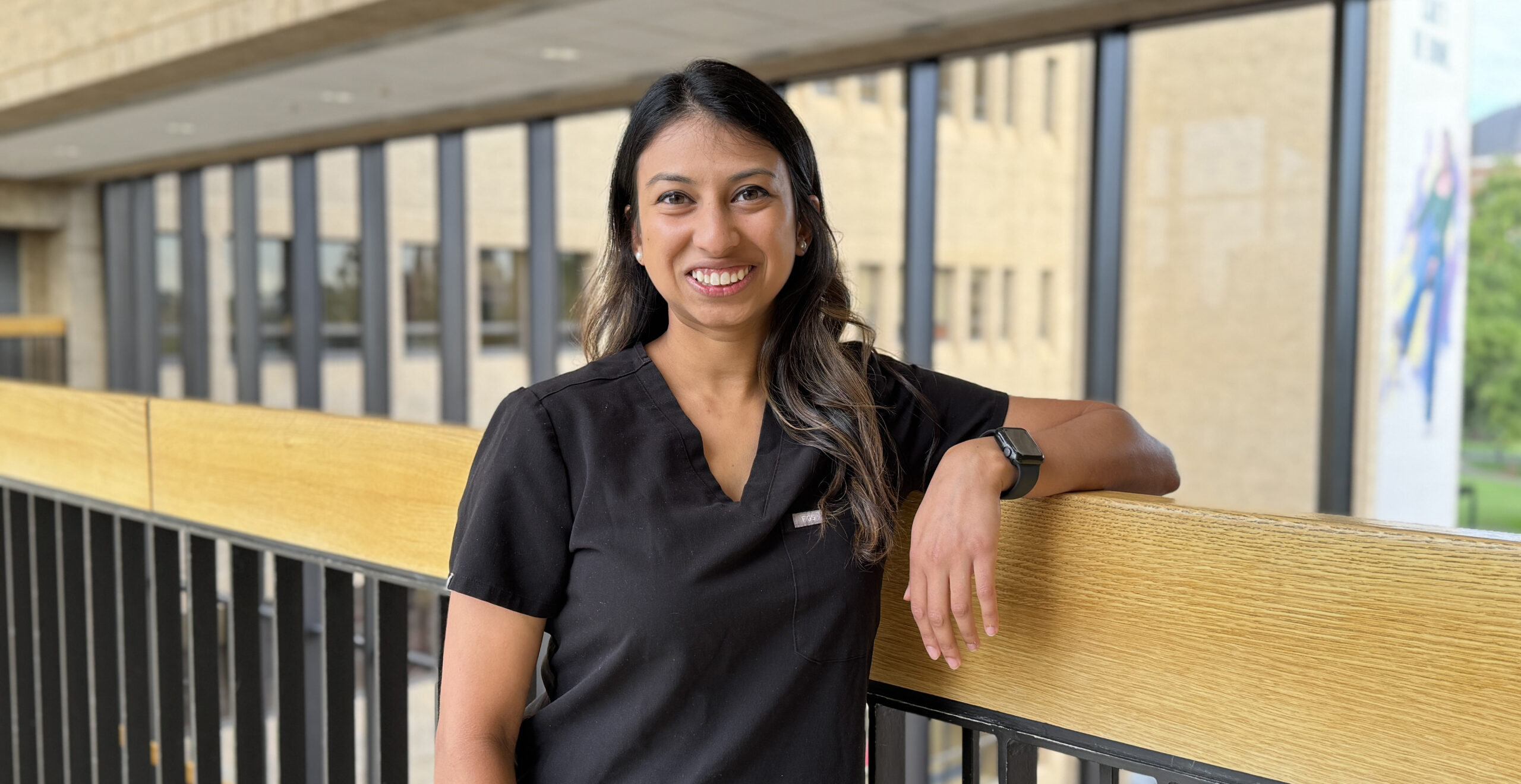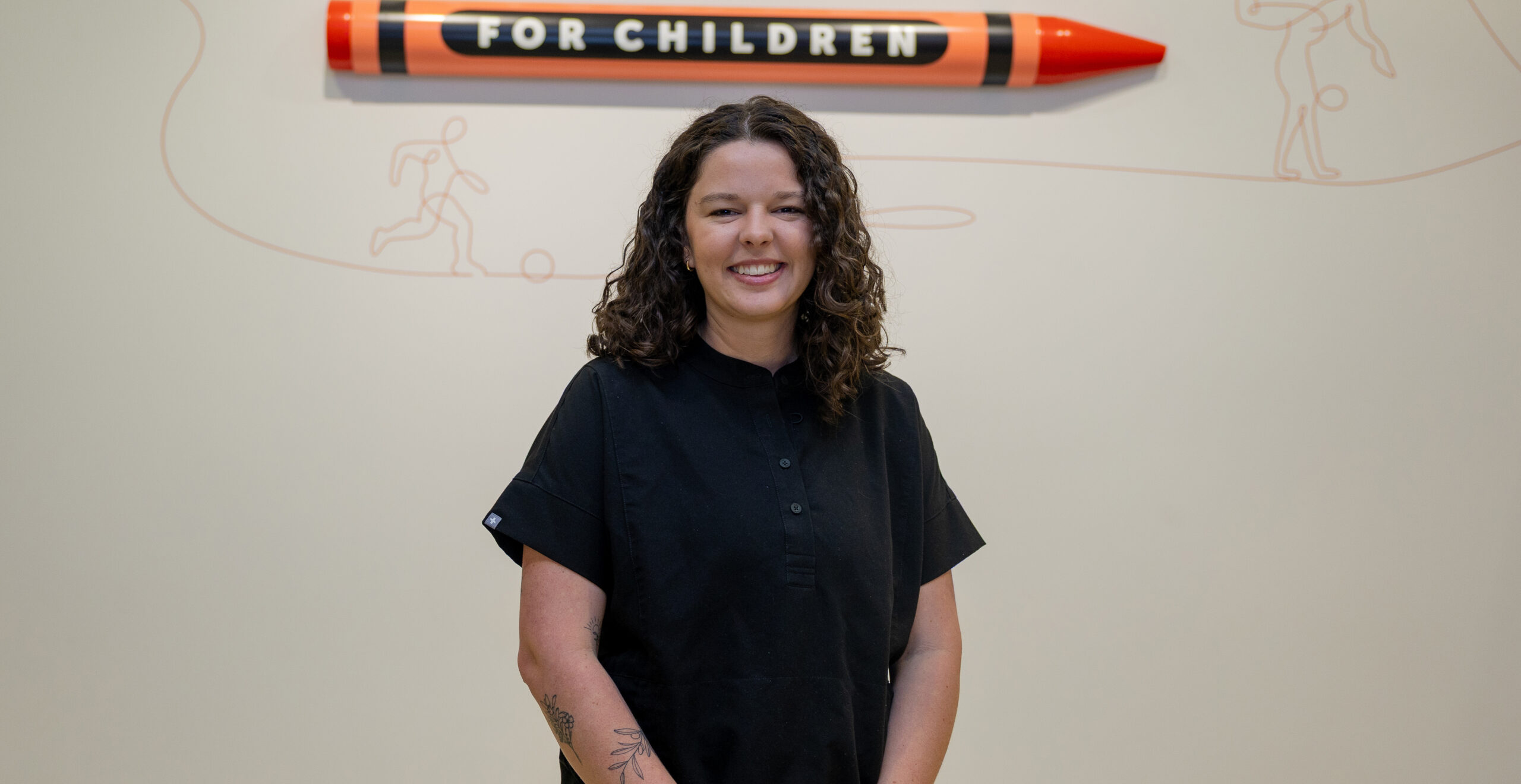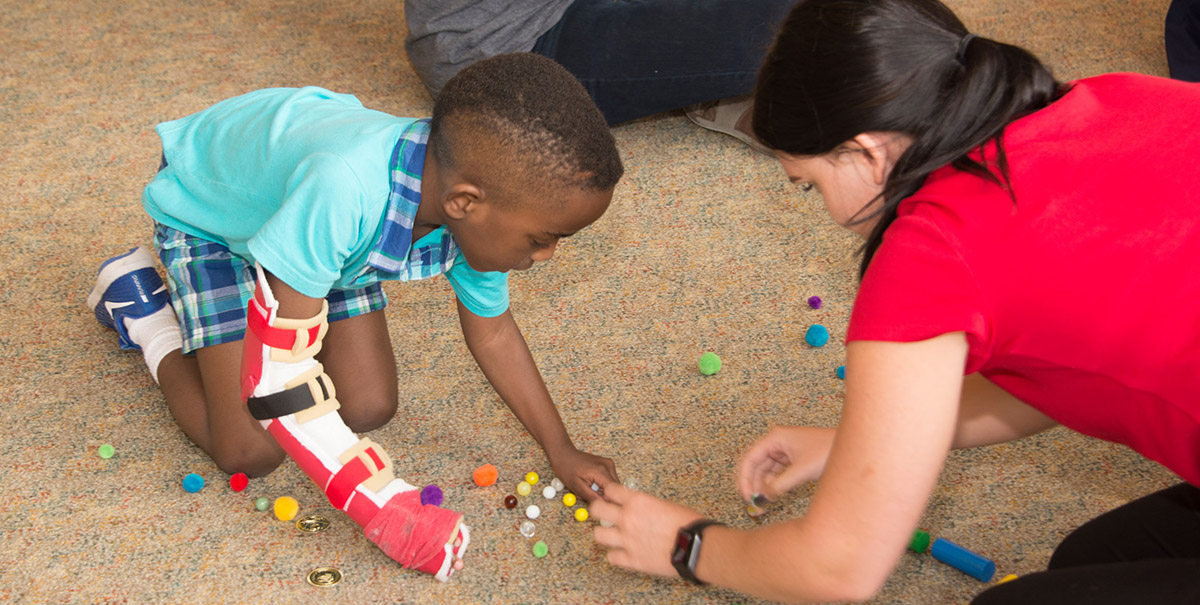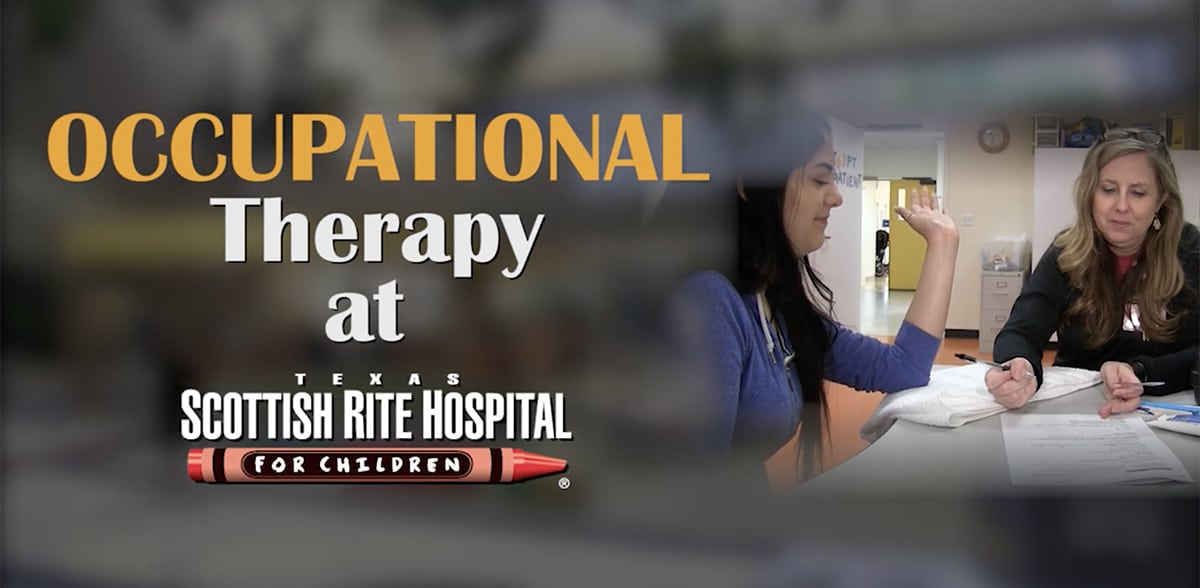Last year, Sadie, age 5, was bitten by a rattlesnake on her right hand during a trip to her family’s ranch in West Texas. “They were throwing rocks in the pond,” says Dillon, Sadie’s father. “She was standing right next to me, and she reached down to pick up a rock,...
